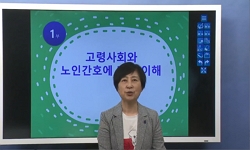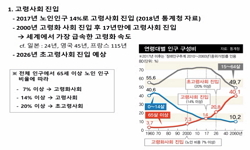<P><B>Background and Purpose—</B></P><P>Aging is one of the major risk factors for white matter injury in cerebrovascular disease. However, the effects of age on the mechanisms of injury/repair in white matter rema...
http://chineseinput.net/에서 pinyin(병음)방식으로 중국어를 변환할 수 있습니다.
변환된 중국어를 복사하여 사용하시면 됩니다.
- 中文 을 입력하시려면 zhongwen을 입력하시고 space를누르시면됩니다.
- 北京 을 입력하시려면 beijing을 입력하시고 space를 누르시면 됩니다.
https://www.riss.kr/link?id=A107686022
- 저자
- 발행기관
- 학술지명
- 권호사항
-
발행연도
2013
-
작성언어
-
- 주제어
-
등재정보
SCOPUS,SCIE
-
자료형태
학술저널
-
수록면
2573-2578(6쪽)
- 제공처
-
0
상세조회 -
0
다운로드
부가정보
다국어 초록 (Multilingual Abstract)
<P><B>Background and Purpose—</B></P><P>Aging is one of the major risk factors for white matter injury in cerebrovascular disease. However, the effects of age on the mechanisms of injury/repair in white matter remain to be fully elucidated. Here, we ask whether, compared with young brains, white matter regions in older brains may be more vulnerable in part because of decreased rates of compensatory oligodendrogenesis after injury.</P><P><B>Methods—</B></P><P>A mouse model of prolonged cerebral hypoperfusion was prepared by bilateral common carotid artery stenosis in 2-month and 8-month-old mice. Matching in vitro studies were performed by subjecting oligodendrocyte precursor cells to sublethal 7-day CoCl<SUB>2</SUB> treatment to induce chemical hypoxic stress.</P><P><B>Results—</B></P><P>Baseline myelin density in the corpus callosum was similar in 2-month and 8-month-old mice. But after induction of prolonged cerebral hypoperfusion, older mice showed more severe white matter injury together with worse deficits in working memory. The numbers of newborn oligodendrocytes and their precursors were increased by cerebral hypoperfusion in young mice, whereas these endogenous responses were significantly dampened in older mice. Defects in cyclic AMP response element-binding protein signaling may be involved because activating cyclic AMP response element-binding protein with the type-III phosphodiesterase inhibitor cilostazol in older mice restored the differentiation of oligodendrocyte precursor cells, alleviated myelin loss, and improved cognitive dysfunction during cerebral hypoperfusion. Cell culture systems confirmed that cilostazol promoted the differentiation of oligodendrocyte precursor cells.</P><P><B>Conclusions—</B></P><P>An age-related decline in cyclic AMP response element-binding protein–mediated oligodendrogenesis may compromise endogenous white matter repair mechanisms, and therefore, drugs that activate cyclic AMP response element-binding protein signaling provide a potential therapeutic approach for treating white matter injury in aging brains.</P>






 ScienceON
ScienceON






